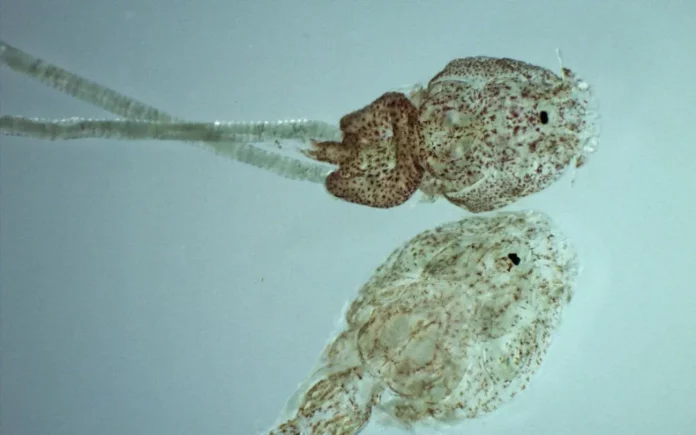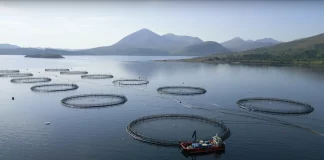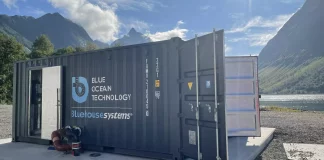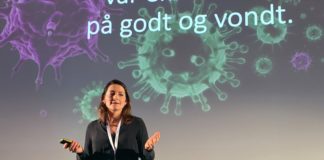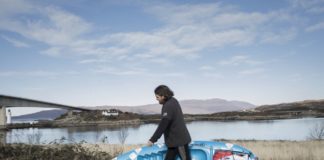The existing set of tools to predict how sea lice spread give very different results – a new project plans to change that.
An international group of researchers from Scotland, Norway, and the Faroe Islands is developing a new tool to standardize sea lice predictions and improve fish health.
The project, named SAVED – Sustainable Aquaculture: Validating Ectoparasite Dispersal (Models) – recently received funding from the UK’s Sustainable Aquaculture Innovation Centre (SAIC).
The goal of SAVED is to create a system that checks the accuracy of current sea lice prediction models used by fish farmers, scientists, and regulators. The project involves several partners, including the University of Strathclyde, Mowi Scotland, Scottish Sea Farms, Bakkafrost Scotland, the Scottish Government’s Marine Directorate, the Norwegian Institute of Marine Research, and the Scottish Environment Protection Agency (SEPA).
There are many tools available to predict how sea lice spread in the water, but they often give different results because they are based on different assumptions. The new tool will allow for better comparisons between these models, leading to more accurate predictions of risks to wild fish.
This online tool will use data such as wind, tides, sea lice movement, and light exposure. It will combine information from Scotland, Norway, and the Faroe Islands to understand the differences in results from each country. This will help ensure that all models are as accurate as possible.
Dr. Meadhbh Moriarty, from the Scottish Government’s Marine Directorate, explained that the project will create a script to make sure all models give valid results with the same input data.
“Different sea lice dispersal models use varying complex mathematical techniques, but it is important to ensure that the same set of input data returns a valid result, no matter which product is used. To reduce the variability, we are creating a bespoke Python script that can be applied to each model and ensure it is fit for purpose,” she said.
“Another important aspect is the development of a ‘data dictionary’ which can help to guarantee that everyone using these models is interpreting the figures in the same way. Having input from so many partners across three of the major salmon-producing nations, each with its own governance system, is a big bonus for the project. We hope that the end result will be adopted by the aquaculture sector at scale, helping to better manage the threat of sea lice.”
Heather Jones, CEO of SAIC, said the project will help improve fish health by ensuring that prediction tools give reliable results.
“In recent years we have seen growing demand for data-driven practices to mitigate fish health concerns, including sea lice modelling. However, valuable insight can only be based on quality data, so the tools must return dependable results that can be interpreted consistently. This project is a fantastic example of international collaboration for the greater good. The benchmark could have significant benefits in terms of helping bring about proportionate regulation and enabling the future growth and development of farming,” said Jones.


